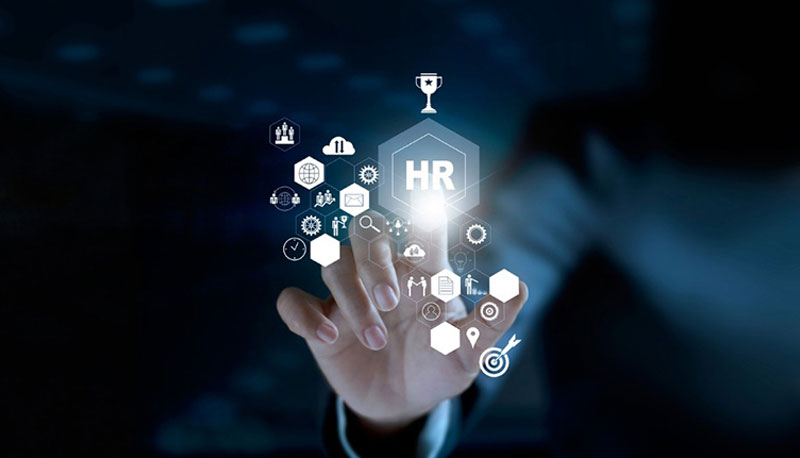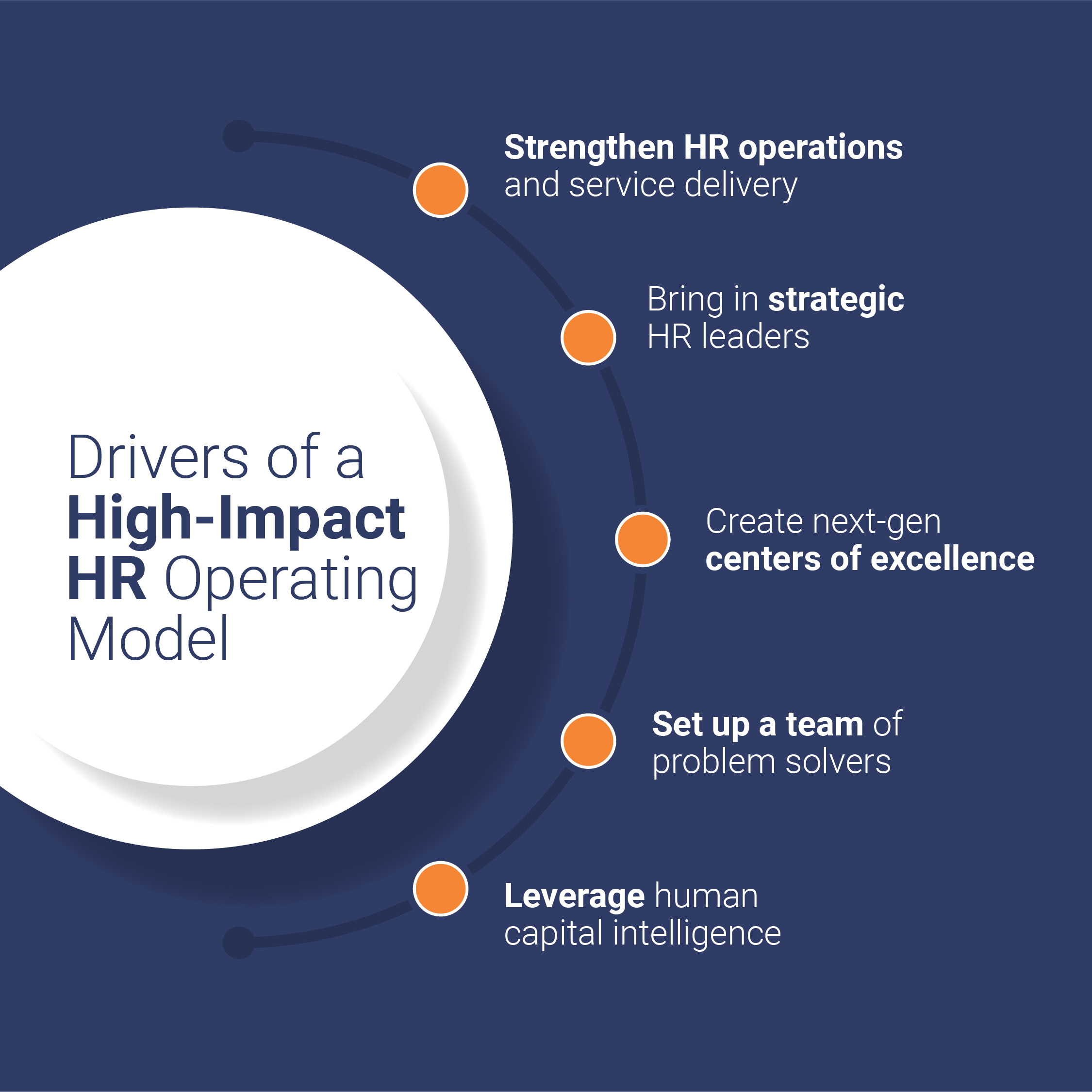
Change is inevitable in the world of business, but how does that affect HR? Long the department that was essentially administrative in its work, its role is changing rapidly, and the pressure is on HR to prove its relevance in the future of work.
And how can HR leaders do that? According to the ‘Future of HR 2020’ survey from KMPG, 60 percent of executives believed that without a modern approach to plan future needs of the workforce, the HR function would surely lose relevance, fast! Consider the following:
The key contributor is the dynamism of the global business environment. It moves fast, uses a lot of technology, requires costs to be trimmed almost unimaginably, and must cater to employee expectations. Serving an organization working in this environment needs HR to line up its talent management strategy with business goals, to treat the needs of employees at par with those of customers, and to operate in a much more agile manner.
The disruptions directly affect the futures of:
HR can play a new and critical role in determining how an enterprise competes, sources talent, and builds its community presence. Changed business models and new products or services are options to successfully complete, but so is a strong underlying HR function that takes care of the most important enterprise resource: its people.
Traditionally, HR focuses on shared services, partnering with the business to deliver recruitment as well as learning and development (L&D). The aim is to facilitate operational efficiency through employee solutions built on the one-size-fits-all model.
The problem with this is the little scope and alignment with corporate strategic goals. HR professionals are being tasked with delivering more strategic value, while employees look to be treated with as much importance as customers.
Clearly, it is time to transform the HR function wholly. The future of the organization must be centered on its talent management strategy – solving people problems fast helps to grasp new opportunities faster, with an inspiring workplace that adds value to the business. Insights and solutions will bring results for the new future of work, not be mere services that tick boxes. And research suggests there is clear scope to improve the usage of predictive talent analytics.

For optimizing the entire HR function and taking its role to the next level, a high-impact HR operating model is necessary. It plays an invaluable role in helping a business to grow and adapt to changes in customers, markets, technology, the workforce, and society.

The high-impact HR operating model must be driven by the following:
Not at all. Agility means the company can identify where it is in its transformation journey, and create a strategic vision of where it wishes to be. The path itself can differ – some clients might require stronger tech focus, while others may build out new capability areas and people services. What remains common is that people functions are set for a massive change.
The pandemic sped up what was already in process – better workforce flexibility and employee services, and adoption at a quicker pace than anticipated. The future HR will be driven by automation and other HR technology, bringing seamless services and experiences to its employees and delivering value for long-term sustenance of the organization. Traditional HR is past, and it is time to ring in transformational HR!

CredBadge™ is a proprietary, secure, digital badging platform that provides for seamless authentication and verification of credentials across digital media worldwide.
CredBadge™ powered credentials ensure that professionals can showcase and verify their qualifications and credentials across all digital platforms, and at any time, across the planet.

Please enter the License Number/Unique Credential Code of the certificant. Results will be displayed if the person holds an active credential from TMI.